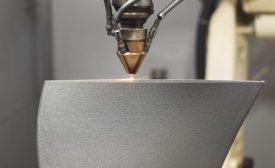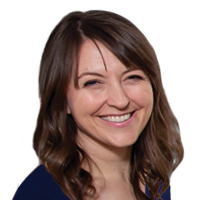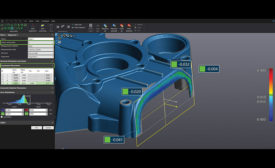Home » Keywords: » dimensional metrology
Items Tagged with 'dimensional metrology'
ARTICLES
Additive Drives the Adoption of CT for Nondestructive Internal Inspection
CT provides unparalleled insight into a 3D structure, including its density at every point throughout its volume.
November 30, 2020
Dealing With Measurement Uncertainty
The application of uncertainty often brings up questions.
September 15, 2019
INDUSTRY HEADLINE
Mitutoyo America Offers Free Online Video Training and the Opportunity to Earn Certified Credentials
October 2, 2018
High Precision Specialized Gage Blocks
How precise does this master you need have to be?
December 14, 2017
Get our new eMagazine delivered to your inbox every month.
Stay in the know with Quality’s comprehensive coverage of the manufacturing and metrology industries.
SIGN UP TODAY!Copyright ©2024. All Rights Reserved BNP Media.
Design, CMS, Hosting & Web Development :: ePublishing









